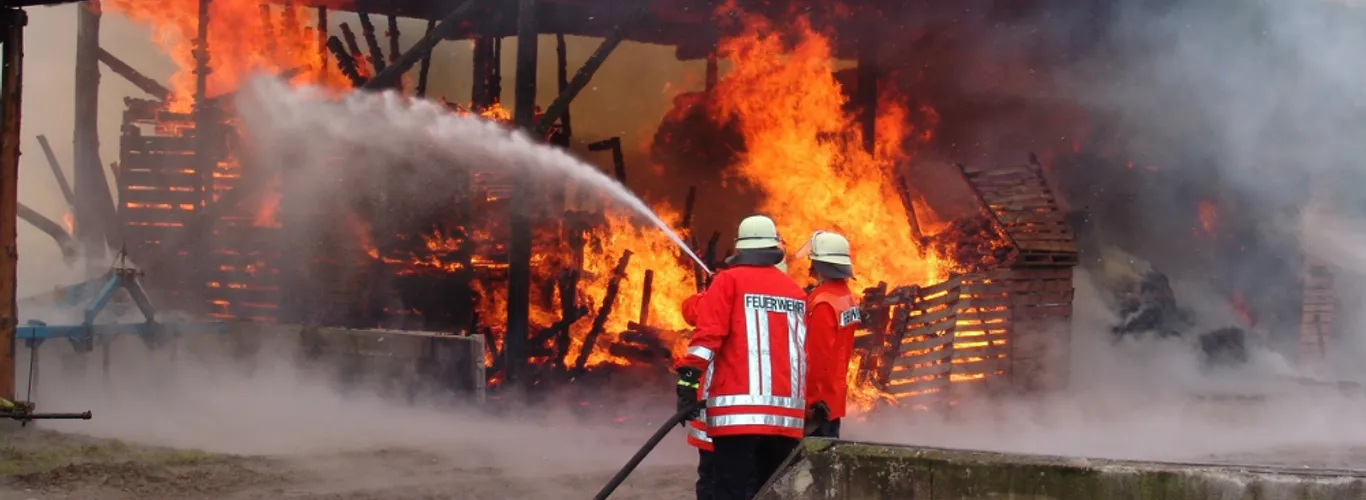
Like a quarterback having to read the field when a play is called that doesn’t go as expected, the same is with the fireground and fire officers. Regardless of how many units your department responds to a fire, only one will be first to arrive at the scene. That officer, using training, experience, department policies, SOPs, and the resources at hand, will be able to engage in whatever tactics are possible for the situation while giving direction to personnel and providing radio transmissions to incoming units.
Certainly, there is a lot going on for that first-in officer to handle, and it is well-known that “how goes the first line goes the fire.” However, there are plenty of situations when Plan A doesn’t go as expected and a shift in tactics is necessary. To comprehend when and why that first officer or subsequent fire officers need to be able to read the fireground.
How many times have you been en route to a fire call and listening to the size-up and other reports as well as the directions being given, only to discover what was being described and what is there are different? There are a variety of reasons why this can occur, but in any case, it requires a reassessment of the situation and an adjustment to tactics if necessary. Certainly, situations are dynamic and are not always within our control, despite the best-laid plans. Again, by reading the fireground, we can determine if our current choice of tactics will suffice, if we need to support them by adding more resources, by implementing resources in areas that before were unaffected, or if we must abandon that tactic and change to defensive or other options.
An engine officer and Command officer confer on the next step to take in engaging companies at a rooming house fire with people reported trapped. Discipline, good judgment, and reading the fireground help ensure the tactical priorities are met in the appropriate order for the best possible outcome.
Reading the fireground applies not only to initial company officers or command officers but also to later arriving officers and other functional positions on the fireground, such as the pump operator, outside truck team (OV), water supply officer, roof team, and more. As an example, as the pump operator, a call is made on the radio that a victim has been discovered and that they are being removed to the front door. EMS units are still responding and a few minutes away and most everyone else on the fireground is committed to action. The hoselines are set for pressure and water supply has been established, enabling the pump operator to break from the pump panel; grab the onboard EMS equipment; and bring it to a suitable spot between the pump panel and the front door, thereby creating a treatment location.
Another situation would be when the initial officer had reported nothing showing and entered the house without performing a 360° walk-around. Or perhaps he did and didn’t notice the light smoke pushing from the eaves on the side and rear of the house–something that the outside truck team did notice and gives a report on. It seems simple enough, but this small bit of information can help determine where the fire location is, when it isn’t originally easy to find. What if the structure is a two-story, wood-frame platform construction residence? What if it’s a 2½-story balloon-frame home? Would that simple report make a difference in investigative areas of the residence or where the fire might be?
We often practice our initial arriving actions, ensuring we set the tone for an efficient fireground with personnel deploying to where they are needed based on tactical priorities. However, we seldom work on situations when things aren’t going so well and a change of tactics is needed. Of course, we don’t want to just change things midstream without coordinating the efforts through Command; however, there is a difference between freelancing and initiative. Doing something to do something is freelancing, but reading the situation, advising Command of needed action, and it being agreed to and then being performed are initiative.
A critique immediately after an incident enables a great opportunity for everyone to share the successes and points to improve on. This is the time for officers and firefighters to reinforce job knowledge and absorb more of the “what” and “why” decisions are made so that we can be better prepared for the next time.
As an incident commander, reading the fireground is imperative. Not being able to determine when the tactic employed is sufficient and requires support vs. a fireground that is not being won is a considerable difference in resources and life safety risk. Our personnel trust us with knowing these differences and that we can apply them accordingly. There are so many items on the fireground that are going on that information overload can easily occur. However, knowing the known and reducing the number of unknowns can help reduce the overload and provide for a higher likelihood of a successful outcome. This comes from experience, getting good reports, and reading the fireground for the cues and clues that changes are needed or not.
About the Author
WALTER LEWIS has been a firefighter since 1990 and is the district chief for the Orlando (FL) Fire Department (OFD), where he has worked since 1996. He began his career as a volunteer, then later moved to a paid firefighter in a bedroom community fire department. With the OFD, Lewis has served on some of its busiest units and within special operations. He has contributed to the state of Florida Live Fire Training Instructor curriculum, is a charter member of the Orlando Fire Conference, is a member of the F.O.O.L.S.
Republished from FireFighter Nation with permission.